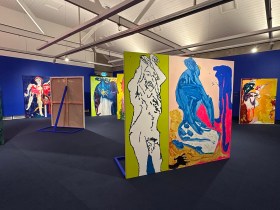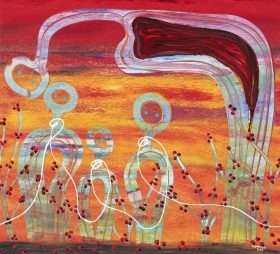Imagine what it might have looked like: New York City at the dawn of the skyscraper era. Into the last quarter of the nineteenth century, Gilded Age New York (1877-1917) still had church steeples that stood out on the skyline, a vista not so different from that of medieval towns in Europe where white glistening cathedrals were once the tallest buildings, and the first and last structure visitors saw as they approached and left a town.
But New York had one thing more as the nineteenth century drew to a close: the tall gothic gates and elegant network of wires that formed the Brooklyn Bridge. Opened in 1883, it was our first skyscraper — symbolically, at least — and seemed literally to scrape the sky as it spanned the great East River. The bridge, brainchild of John Roebling, and completed by his son Washington Roebling, was the first emblem of what was to come. It literally connected Manhattan to Brooklyn, but metaphorically it declared New York as the American city of the soon-to-be-born twentieth century. There had been suspension bridges in America before this, notably Roebling’s own for Cincinnati, but the bridge that came to set the standard was Roebling’s masterwork in New York harbor, which pointed to the dreams of what a modern city could achieve.




